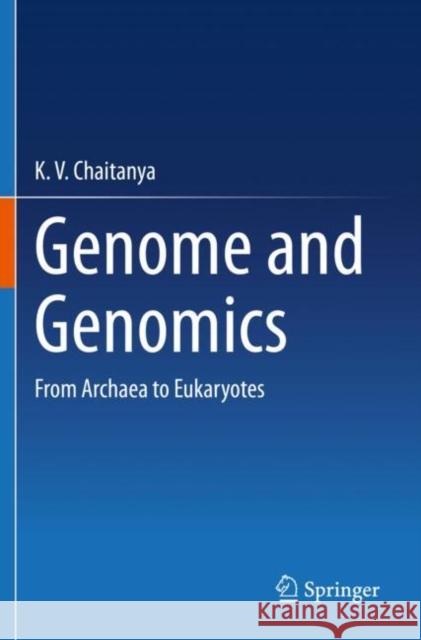Genome and Genomics: From Archaea to Eukaryotes » książka
topmenu
Genome and Genomics: From Archaea to Eukaryotes
ISBN-13: 9789811507045 / Angielski / Miękka / 2020 / 307 str.
Genome and Genomics: From Archaea to Eukaryotes
ISBN-13: 9789811507045 / Angielski / Miękka / 2020 / 307 str.
cena 428,00 zł
(netto: 407,62 VAT: 5%)
Najniższa cena z 30 dni: 424,07 zł
(netto: 407,62 VAT: 5%)
Najniższa cena z 30 dni: 424,07 zł
Termin realizacji zamówienia:
ok. 20 dni roboczych.
ok. 20 dni roboczych.
Darmowa dostawa!
Kategorie BISAC:
Wydawca:
Springer
Język:
Angielski
ISBN-13:
9789811507045
Rok wydania:
2020
Wydanie:
2019
Ilość stron:
307
Oprawa:
Miękka
Wolumenów:
01











